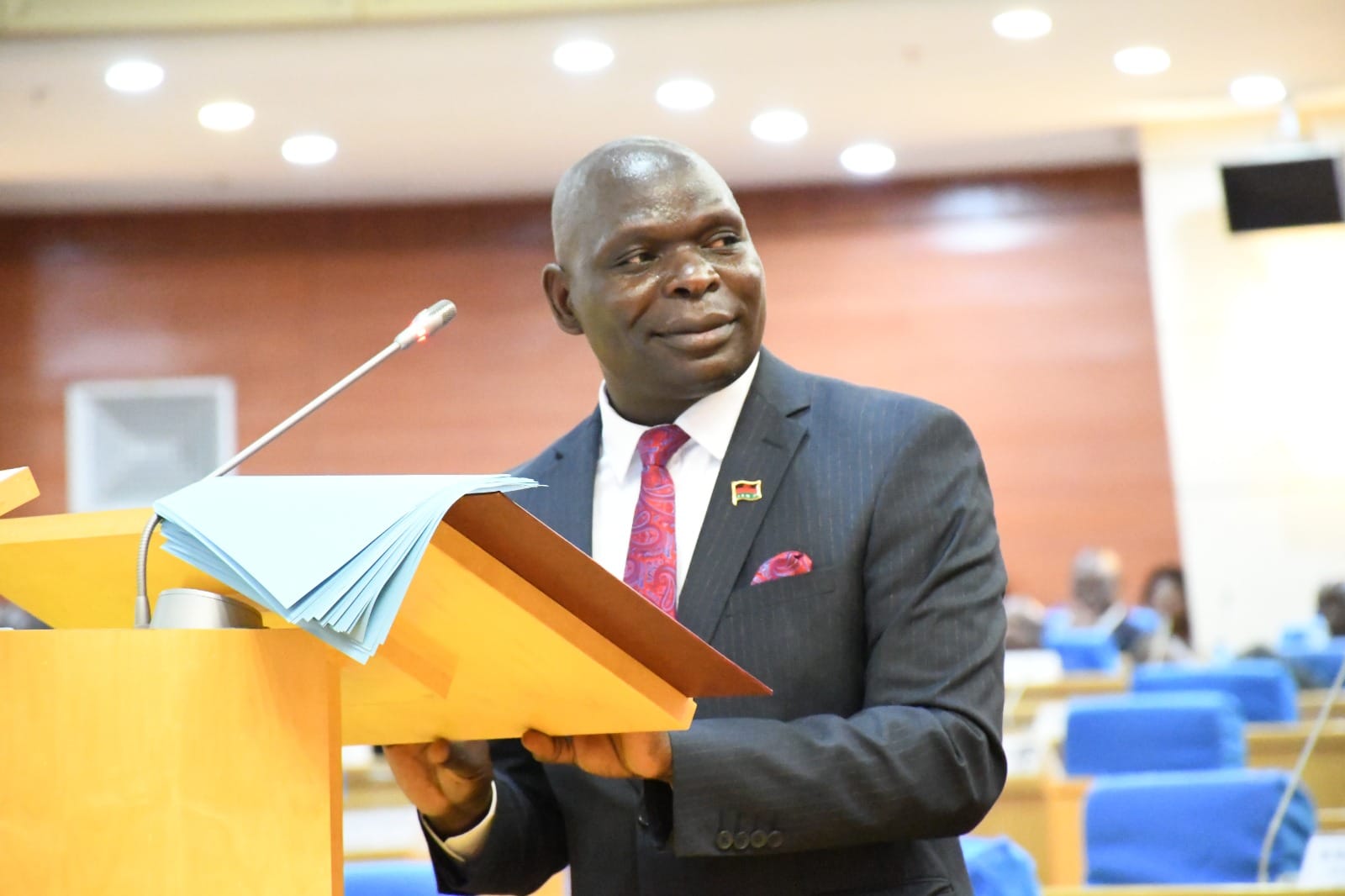Hope wanes amid Shrinking incomes
Earlier this week, 66-year-old Assani Masina was found seated on the veranda of his workplace deep in thought about how he would feed his eight member family.
No matter how hard he tries, he is still left wondering what tomorrow brings, he told Business Review.
Says Masina: “As the years pass by, nothing has changed for me despite my hard work. The money I earn is not enough to take care of my wife and six children.
“Things are tough. I don’t even know how tomorrow will be like.”

Concurring with the cries of Masina is 55-year-old banana seller Bertha Misomali.
“With each passing day, my income is shrinking because the prices of goods keep rising,” she said.
Two years ago, a capital of K20 000 could earn Misomali a profit of K3 000, which was enough to feed her four children.
Today, she is left with a capital of K7 000 and is still unsure whether she will be in business this time around next year.
Masina and Misomali are among many Malawians whose gross domestic product (GDP) per capita growth, have between 2013 and 2018, declined by an average of -0.2 percent, according to published data from the World Economic Forum.
During the same period, the economy has grown by an average of 3.2 percent.
This is an indication that while the country’s economy is growing, individual incomes are on the decline.
Speaking in an interview on Tuesday, Scotland-based Malawian economist Velli Nyirongo observed that the declining per capita income raises concerns about a potential slowdown in poverty reduction.
He said: “Malawi, already classified as a low-income country with a high poverty rate, faces a serious challenge if this trend continues.
“This discrepancy suggests an unequal distribution of economic benefits. While some sectors or individuals likely experienced significant gains, others, particularly vulnerable populations, saw their incomes stagnate or even decline.”
To address these concerns and unlock Malawi’s true economic potential, Nyirongo suggests the need to remove bottlenecks that impede overall economic growth by, among others, enhancing efficiency in agriculture, unlocking the potential of the mining sector, improving infrastructure, tackling corruption and nurturing an export-driven economy.
On his part, economic statistician Alick Nyasulu said incomes of many Malawians have been steadily declining in real terms due to skyrocketing inflation as well as high population growth rate averaging three percent.
He said: “In other words, our GDP growth is low to bring any meaningful benefits to most citizens.
“This trend can only be reversed if the economy can get more productive and we start having a serious conversation on population and take remedial actions.”
In a separate interview, economist Gilbert Kachamba said the trend highlights potential economic challenges and disparities in wealth distribution in the country.
The Malawi 2063 (MW2063), the country’s long-term development plan, seeks to transform Malawi into a wealthy and self-reliant industrialised upper middle-income economy by 2063
MW2063 projects that if the economy grows at an annual minimum of six percent, Malawi could attain the low-middle-income status by 2030 with a per capita income of between $1 006 (K1.71 million) and $3 955 (about K6.72 million).
National Planning Commission (NPC) public relations and communications manager Thom Khanje said in an interview that the MW2063 and the First 10-Year Implementation Plan (MIP-1) acknowledge the country’s growing population and proposes interventions that could enable the country reap demographic dividends and achieve the required growth.
He said: “Our position as NPC, therefore, remains that if we do the right things as outlined in the MIP-1, the growth targets for 2030 and beyond as outlined in both the medium and long-term development plans of the country remain achievable.”






One Comment